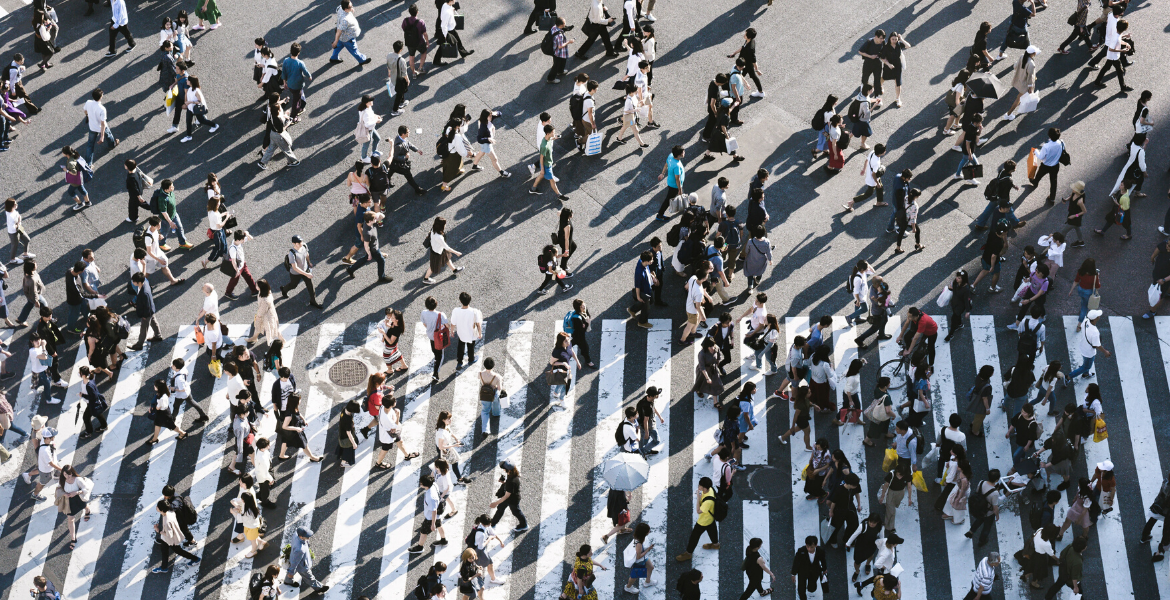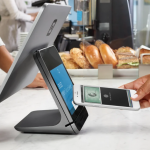
The COVID-19 pandemic turned out to be one of the defining events of the year, and although we can’t predict the precise effects, it certainly will have long-lasting implications on the world. Since one of the many consequences of the COVID-19 pandemic is that consumers change their buying habits, It’s more critical than ever to have a complete picture of the marketplace. It’s the right time for businesses around the globe to evaluate consumers’ behavior to have answers to the following questions: what consumers are buying now, how they’re buying it, and what they’re not buying.
People react to crises in various ways. When we face an uncertain situation over which we have no control, we try to handle a situation in a way so we can have some control.
According to Paul Marsden, a consumer psychologist at the University of the Arts London, our psychology drives people to panic buying so they can manage their emotional state. “It’s about ‘taking back control’ in a world where you feel out of control,” he said.
According to Morgan Housel, the author of “The Psychology of Money,” the coronavirus crisis would reshape the economy and lead to “a generation of supersavers” who were wary of taking financial risks.
Online shopping demand has probably never been higher amid the COVID-19 pandemic. Although experts said that it’s unlikely that COVID-19 would survive on your purchased items, it’s important to take steps to protect yourself when shopping online(the virus can live on surfaces from three hours to up to three days.) Online grocery shopping also increased amid the pandemic, and retailers have had to act fast to keep up with the demand. More than half (51%) of shoppers reported placing an online grocery order in the past four weeks ending April 7, according to Acosta. Moreover, 31% of U.S. shoppers surveyed by Acosta ( 50% of respondents are millennials) stated that they are very or extremely likely to continue using online grocery pick-up or delivery once the pandemic is over.
Market research company Nielsen has identified six key consumer behavior changes amid the COVID-19 pandemic:
- Proactive health-minded buying (purchasing preventative health and wellness products).
- Reactive health management (purchasing protective gear like masks and hand sanitizers).
- Pantry preparation (stockpiling groceries and household essentials).
- Quarantine prep (experiencing shortages in stores, making fewer store visits).
- Restricted living (making much fewer shopping trips, limited online fulfillment).
- A new normal (return to daily routines, permanently altered supply chain).
Customers, as well as business owners all over the world, are trying to adapt their lives to cope with this uncertain time while striving to support the needs of their clients and families. Depending on the industry and audience, response to this ever-evolving situation will vary. However, one thing is certain: the pandemic will test our values as a society, so to resolve this issue with dignity, we should care and protect each other.










